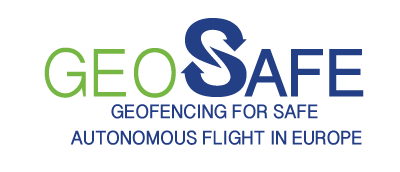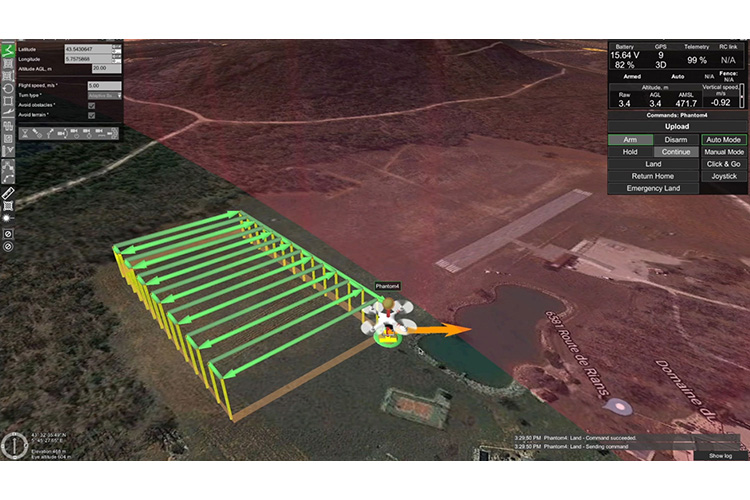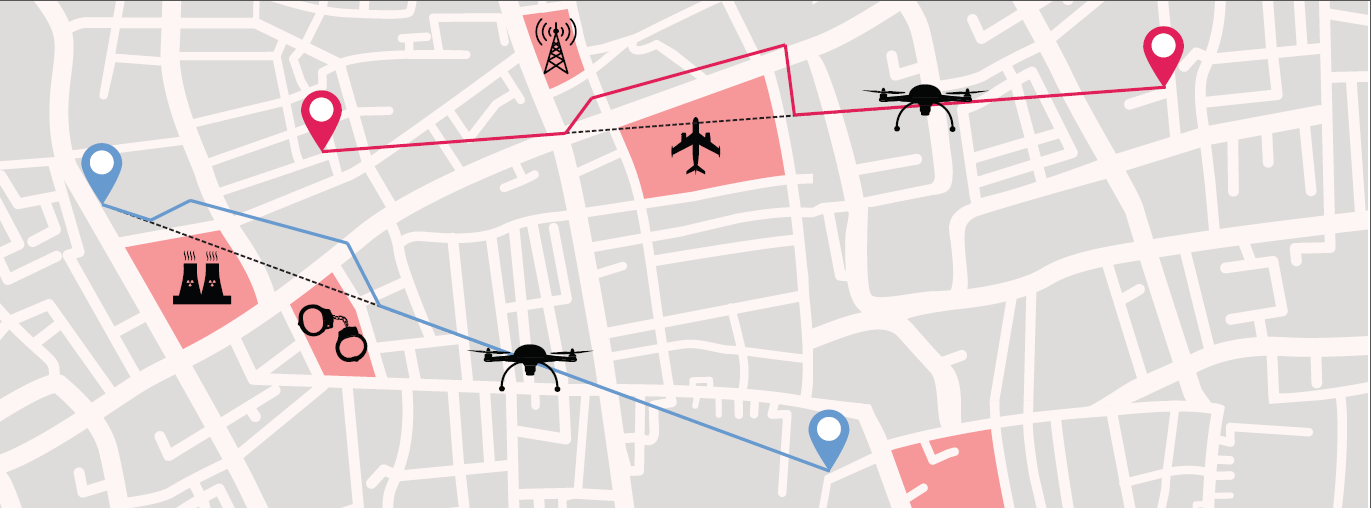Avoiding no-fly zones in busy low-level airspace
To prevent drones straying into protected areas, for example around critical infrastructure such as power plants or airports, geofencing and geo-caging technology are used to contain drone operations. Geofencing solutions prevent drones from entering forbidden areas and geo-caging does not allow drones to fly beyond a set boundary. Both measures are critical to keeping complex low-altitude airspace safe for all by ensuring drones avoid any designated no-fly zones and adhere to rules put in place by EU Member States. Geofencing solutions are therefore key safety enablers and form part of the foundational services for the development of drone operations.
The GEOSAFE research set out to establish state-of-the-art geofencing U-space solutions and to propose improvements and recommendations for future geofencing system definition. The project was based on a one-year long flight-test campaign, which assessed a number of commercially- available geofencing solutions in order to propose improved geofencing systems for tomorrow and technological improvements for drones. The research included 280 flight tests in France, Germany and Latvia, which tested representative situations that a drone faced in urban and rural areas. They covered a range of missions including agricultural operations, inspections, emergency events and deliveries.
The flights tested foundational and advanced geofencing services with reference to pre-tactical flight (a core competency required for entry level U-space, U1); tactical operations (required for slightly more advanced U-space U2); and dynamic situations (necessary for U3). Project partners considered issues such as technology performance, pilot warnings, communication failure, weak satellite positioning signals, restricted area updates during flights, tracking and drone navigation system performance. The results were used to identify ways in which the technology can be used to support safe interaction with all airspace users.
The project concluded most drones meet the requirements for pre-tactical geofencing and demonstrated that existing technology is ready for initial U-space services even though no one solution is aligned with regulations in different countries. Solutions are also available to support tactical geofencing necessary to deliver advanced U-space services despite the lack of standardisation. However, technology capable of supporting dynamic geofencing is not sufficiently mature to meet full U-space service levels, although this is expected to develop rapidly in the near term, not least because dynamic geofencing is a key function for unmanned vehicles operating beyond the visual line of sight.
The results are helping to inform the European Commission, EASA and EUROCAE of best practices for integrating drones into European airspace; in particular the development of performance requirements would be useful for the ongoing standardisation process.






 19 March 2019: Thales to lead EU project on drone geofencing technologies to secure future U-space.
19 March 2019: Thales to lead EU project on drone geofencing technologies to secure future U-space. 